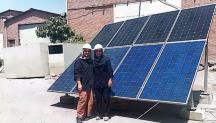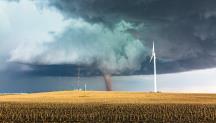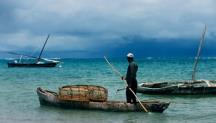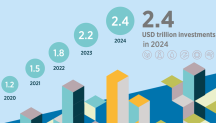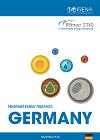

-
-
IRENA (2015), Renewable Energy Prospects: Germany, REmap 2030 analysis. International Renewable Energy Agency (IRENA), Abu Dhabi, www.irena.org/remap
Copied
https://www.irena.org/-/media/Files/IRENA/Agency/Publication/2015/IRENA_REmap_Germany_report_2015-(1).pdf
Copied
Renewable Energy Prospects: Germany
Newsletter
An executive summary of the report is also available in German and English.
Eine Zusammenfassung des Berichts ist auch auf Deutsch und Englisch verfügbar.
Germany’s Energiewende (“energy transition”) has made the country a world leader in renewable energy development. Renewable Energy Prospects: Germany examines this remarkable transition in depth, detailing progress over recent decades, highlighting best-practice policy and technology experiences, and providing a perspective on the country’s options going forward. The report forms part of REmap 2030, a global analysis by the International Renewable Energy Agency (IRENA) aimed at doubling the share of renewables in global energy use within the next 15 years.
Notably, the report identifies areas where the Energiewende can be further expanded to meet Germany’s ambitious targets for renewables, energy efficiency and greenhouse-gas emission reduction. By 2030, as the REmap analysis shows, two-thirds of the country’s power generation could come from renewables, with half of that from solar and wind energy. In the coming years, Germany will need new technologies to improve the integration of these variable renewables, along with innovative business models to improve power-grid flexibility. But renewable energy uptake also needs to increase beyond the power sector, with deliberate linkages to renewable-based heating and transport as well as greater incorporation of electrification technologies for end uses.
Continuing integration of European energy markets will be crucial. Germany and its neighbours must work together to strengthen region transmission capacity, reform power markets and link climate goals with renewables.
The Energiewende remains a long-term, evolving process. As Germany strives to build one of the world’s most energy-efficient, sustainable, low-carbon economies, the next steps could show the world how a large system operates with unprecedented shares of renewables.
